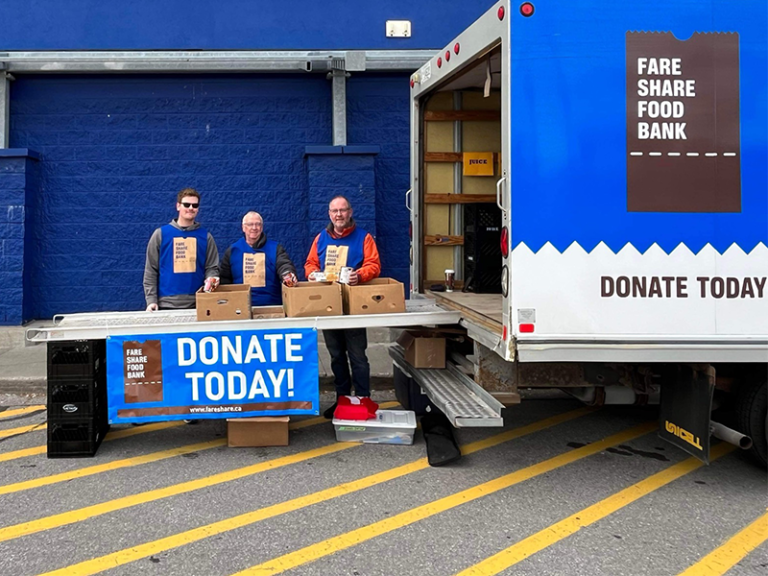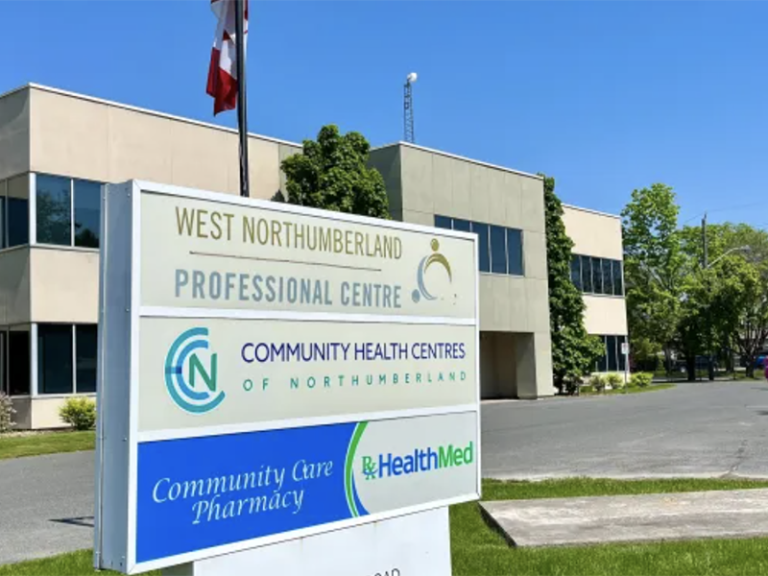Journalists often must make decisions about what gets into a story. At times, some good materials are left in notepads or fall on the cutting room floor. Based on a series of excellent interviews, here is a number of pieces using all the pieces that got left out. – Robert Washburn
Interview with Eric Lawlor, OMAFRA rep.
The regional economic branch of the Ontario Ministry of Agriculture and Rural Affairs has come up with a downtown revitalization template based on the American Mainstreet program and a similar on in Quebec.
This is the program both Cobourg and Port Hope are looking at using over the next three years to stimulate their respective downtown core.
Eric Lawlor, the eastern Ontario representative for the program, is heralding this approach because he says it is successful because it has borrowed from the best practices of the original programs and it provides a comprehensive method.
Far too many downtown initiatives are based on only physical improvements, like adding banners, flowerpots or fixing up the facades of buildings, he said.
This program goes beyond including economic development, program management, leadership, community involvement, marketing and branding, he added.
It is a four-stage process:
- Organizing & Scoping: formation of bureaucratic infrastructure, like committees, task forces, working groups, etc. The hiring of a coordinator to manage all activities and facilitate the process. This is expected to take nine months.
- Collecting & Assessing by Understanding our Downtown: using a set of data collection tools, it studies the current retail services and businesses including the supply and demand in the downtown. It includes participatory community design activities and will focus on documenting physical assets.
- Action plan: following the data collection, a plan it put into place. A market position statement, specific goals and actions are prioritized and linked in a strategic plan do be done during the second and third years of the program.
- Implementation & Monitoring: the idea is to complete enough little parts of the plan to get a feel if it will work or not. Then, it is tweaked and a process is set in place to ensure the goals are met and the program is constantly renewed.
The development officer is key, says Lawlor. Since there is a large volunteer component, it is vital to have a staff person who is going to organize and coordinate activity. Where things often fail in downtown revitalization is when things are not organized sufficiently, he added. It is the main reason for so many underdeveloped and misguided plans in the past.
While the economic development office is usually responsible for all these kinds of programs, it is too much for them to take on in addition to current responsibilities, he said. If done correctly, then the entire community is involved, not just the downtown.
Similar projects are underway in Havelock, Omemee, Collingwood and Napanee.



For me, the over-riding multi-part question is ‘What is a downtown, what does it have to include to be a downtown, can it grow, or shrink for that matter, does it serve a distinct and unique purpose, what are its practical and psychological limits, and who is responsible for it?’ Unless we begin by answering questions such as these, we’ll be groping in the dark for answers we won’t even recognize if we find them.
The downtowns of today are a distant relative of those we think of from the past. Communities are constantly changing and the needs of the inhabitants are as fluid as their desires because its ever more difficult to tell them apart. From where I look out downtowns have had great difficulty keeping up with all of that, preferring to fiddle and tweak what they’ve been doing forever in seemingly futile hope of restoring what once was the heart of their community. Unfortunately, the coffee isn’t strong enough to wake them up to the changing realities. In my view, the only sustainable solutions to this growing separation is a dramatic redefining of what makes a successful downtown. Asking today’s adults for what’s needed is to miss the point about what the future might look like. Remaking a downtown has to reach for the future needs, not those that once held sway. Cell phones, smart phones and tablets will define our downtowns, not the quaint little shops that are left behind in the wake of large-scale exodus of the essentials, left to draw the curious and the bored. The only viable solution is to get ahead of the present and plan for what the coming generations want to see in the space we call downtown, if we even are successful in defining it. There’s little point in fixing what’s not broken; there’s every point in creating a living organism that satisfies the needs of the future.
I read in the papers that Kevin Narraway is suggesting that it is all about marketing, and he does point out that marketing includes providing a good product and good service.
However I believe there is only so much that marketing can accomplish.
I have a a collection of lapel buttons dating from the 1970s saying “Cobourg should not be MALLED ! “. Well, it was true. Northumberland Mall was built and all the major businesses moved there from Downtown Cobourg.
Downtown Cobourg gradually recovered but in the late 1990’s there was a push to have Wal Mart on lands round the hospital zoned for technological employment. The power of real estate won and now we have not only Walmart, but Home Depot and a new Canadian Tire. Canadian Tire in Port Hope then closed.
The Cobourg Farmer’s market is suffering because its users committee has banned the fish and meat sellers. The Cobourg Council refuses to allow stalls to sell refreshments at the waterfront, or by Victoria Park or by the Frink because the Downtown merchants don’t want it.
Cobourg has built a new “Community Centre” on D’Arcy, away from the downtown and away from public transportation.
The Cobourg council ignored its own by-laws and allowed the LCBO to move to Northumberland Mall despite a wide variety of empty commercial buildings and empty lots downtown.
The Cobourg council keeps on making decisions to agree to any developer who wants to build out of town and then wonders why the downtown is ailing. As long as the Council keeps on selling out , no amount of studies or marketing is going to make much difference.
It does seem like Cobourg undergoes one of these experminents in revitalisation every few years, producing reports that are never acted upon, or as Rob says, only a few more flower pots and benches on King Street. This time though, hearing Eric Lawlor is involved gives me confidence that a meaningful process is underway with real community involvement. If anyone knows how to achieve that, it’s our Eric. He’s a fantastic asset to our community, not too well known, but working quietly behind the scenes to cause good things to happen.
I first learned about the Ministry of Agriculture when I worked with the Fair Tax Commission some twenty years ago and was amazed at the proficiency of the community people working there. Eric, a long time employee, demonstrates why excellent, innovative public services are so important to us. Let’s hope when he retires he writes a book all about it.